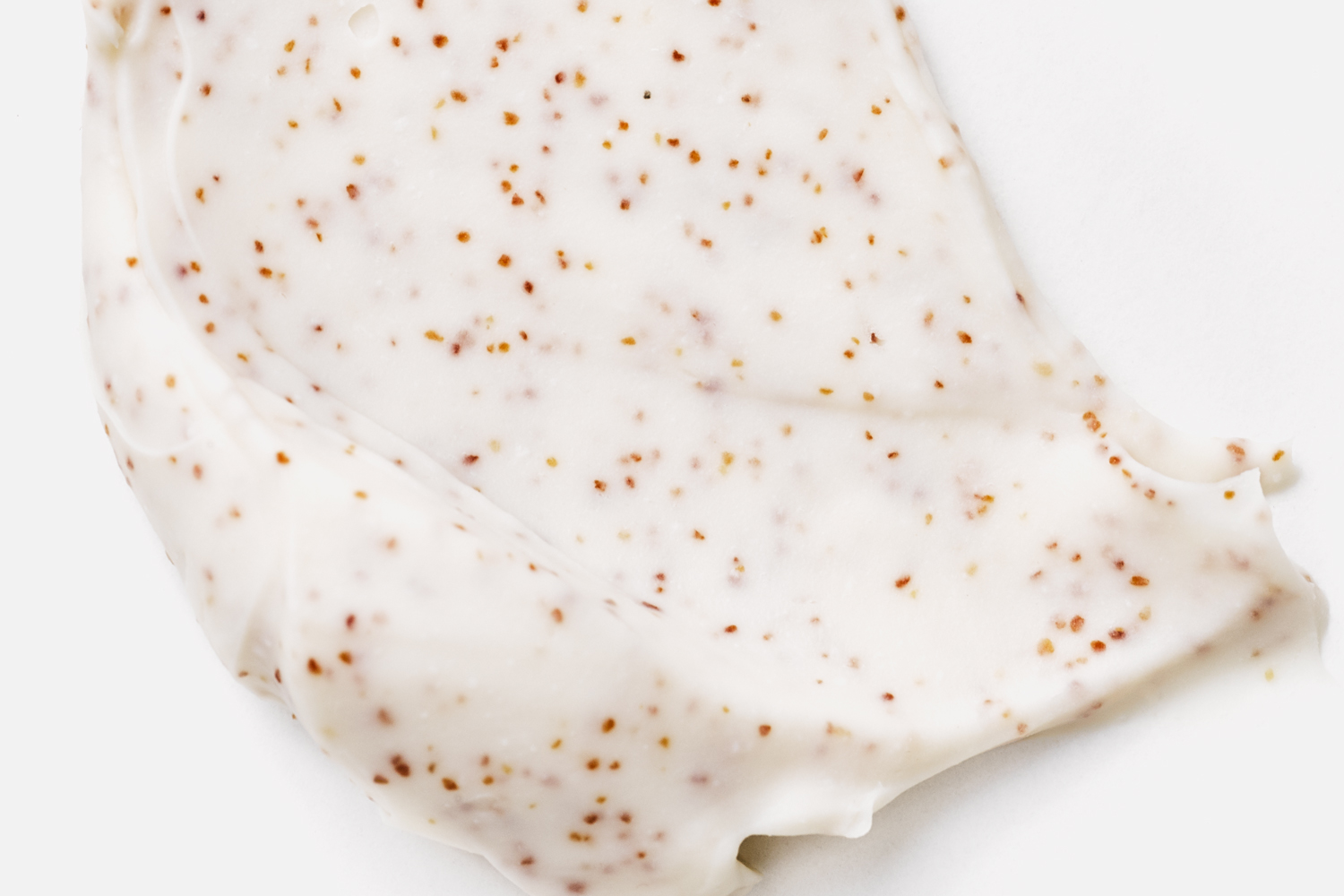100% free of toxins. Guaranteed.
All of our energy and passion goes into formulating and creating fresh products, made in small batches with certified organic ingredients when possible, free of toxins, environmentally sustainable and cruelty-free in our very own manufacturing facility.
Become aware of harmful ingredients that may be in your personal care products. Switch now to pure haven products – 100% toxin free.
| ingredient | why is it harmful? |
| Fragrance (Parfum) Legally hides an untold number of chemicals (“trade secret”) | Phthalates*, just one of many chemicals legally hidden in the ingredient “fragrance,” are linked with birth defects, breast cancer, diabetes, obesity, autism and ADHD. (Campaign for Safe Cosmetics–2002 “Not Too Pretty” Report) |
| *Parabens A group of compounds used as preservatives, derived from petroleum | Studies have linked these endocrine disruptors, which mimic estrogen, with breast cancer, allergic reactions and skin rashes. A 2011 study by the California Pacific Medical Center linked BPA/ methylparaben with breast cancer, and the combination blocked effectiveness of cancer drugs, like tamoxifen. |
| *Triclosan Active ingredient in “antibacterial” products; registered with the government as a pesticide | Studies show that triclosan interferes with the body’s thyroid hormone metabolism and is an endocrine disruptor. It has also been shown to weaken muscles, including the heart. Children exposed to antibacterial compounds at an early age have an increased chance of developing allergies, asthma and eczema. A 2012 study links it to muscle weakness, including the heart muscle, and it contributes to liver and inhalation toxicity. |
| Petrolatum Used in some hair products for shine, and as a moisture barrier in some lip balms, lip sticks and moisturizers. | Petrolatum is a petroleum product that can be contaminated with polycyclic aromatic hydrocarbons, which may cause cancer. |
| *Oxybenzone & Octinoxate Synthetic chemical sunscreen “active” ingredients | Easily absorbed, and can lead to skin irritation/other adverse reactions; can generate cell-damaging free radicals when exposed to the sun. Oxybenzone is a suspected hormone disruptor (mimics, blocks, and alters hormone levels). |
| PEGs or polyethylene glycols are petroleum by-products | Contain carcinogenic contamination 1,4-dioxane, known to affect liver and kidneys. |
| SLS Sodium lauryl sulfate (SLS) and Sodium laureth sulfate (SLES) are used in products to create suds or foam | Classified as a drug in bubble baths because it eats away skin protection and causes rashes/infection. SLS may also be contaminated with carcinogenic nitrosamines. A study indicated that SLS penetrated into the eyes as well as brain, heart, liver, etc., and showed long-term retention in the tissues. The study also indicated that SLS penetrated young children’s eyes and prevented them from developing properly and caused cataracts to develop in adults. (Univ. of Georgia Medical College) SLS may also cause hair loss. |
| Ingredients ending in “-eth” Including ceteareth and triceteareth | Can carry carcinogenic contamination of 1,4-dioxane (a known carcinogen). |
| Retinyl palmitate Found in many sunscreens and moisturizers | In the presence of sunlight, retinyl palmitate enhances skin cancer lesions by 21%. (FDA, 2011) |
| Nanoparticles Pulverized metals like zinc and titanium used in products (not required to list on label) | Nanoparticles have been shown to cross the cell barrier and drive into organs, including the brain. |
| Aluminum & metals Active ingredient in many anti-perspirants | This bio-accumulative neurotoxin stores in fat cells and accumulates, destroying nerve tissue. |
| DEAs Including diethanolomine (DEA), cocamide DEA, lauramide DEA | A study suggests that prenatal exposure may have detrimental effects on brain development. Reacts with other ingredients to become nitrosodiethanolamine, a known carcinogen. |
| Formaldehyde releasers Including DMDM hydantoin, diazolidinyl urea, imidazolidinyl urea, quaternium-15 | Can cause allergic reactions in the eyes, nose, throat and skin, joint pain, headaches, immune dysfunction and can lead to asthma. It may also cause menstrual disorders in women. Research studies suggest that exposure to formaldehyde may increase the risk of various forms of cancer as well. |
| Synthetic color/dyes A mixture of many chemicals; made from coal tar, a derivative of petroleum | Coal tar is a known carcinogen. Aluminum compounds and heavy metals found in many dyes are toxic to the brain. |
| *Glycol A synthetic petrochemical mix known to cause allergic and toxic reactions | Linked to cancer, developmental/reproductive issues, neurotoxicity, endocrine disruption, and liver and kidney damage. |
| Mineral oil A common ingredient that coats skin like plastic wrap | Derived from petroleum; may be contaminated with cancer-causing polycyclic aromatic hydrocarbons (PAHs). Aggravates acne and negatively impacts skin function, causing premature aging. Disrupts the skin’s natural immune barrier, inhibiting its ability to breathe, absorb moisture and nutrition, and release toxins. |
| Talc Belongs to asbestos family | Linked to ovarian cancer; dangerous to inhale. |
| *Siloxanes Cyclomethicone and ingredients ending in “siloxane” (ex. cyclopentasiloxane) | Toxic, persistent, and have the potential to bio-accumulate. The EU classifies some as endocrine disruptors and possible reproductive toxicants that may impair fertility. Research shows some to cause uterine tumors and harm to the immune system. |
| *Butylated Hydroxytoluene (BHT)/Butylated Hydroxyanisole (BHA) Found in many cosmetics and personal care products, BHT and BHA slow down the rate at which product ingredients change in color. | Immune system toxicant; endocrine disruptor; probable human carcinogen; animal studies show brain, liver, neurotoxin, reproductive and respiratory toxicant. |
| Isobutane A propellant often used in hair spray, gel, mousse, and shaving cream | May contain carcinogenic contaminant 1,3-butadiene. |
| Methylisothiazolinone (M1) and other “isothiazolinones” Powerful biocide “preservatives” used to kill off microorganisms, giving products a longer shelf life | A recent study found these chemicals may be linked to nerve damage. Researchers also recently found these chemicals damage brain cells in animal studies – stating, “a brief exposure (10 minutes) to methylisothiazolinone, a widely used industrial and household biocide, is highly toxic to cultured neurons.” Although used in leave-on products, methylisothiazolinone is known to be sensitizing when used in leave-on products. In fact, the American Contact Dermatitis Society named methylisothiazolinone its Allergen of the Year in 2013. |
*IMPORTANT NOTE ON ENDOCRINE DISRUPTORS
All of the ingredients listed above with an * are among the worst endocrine disruptors. The endocrine system regulates ALL biological processes in the body, including: development of the brain and nervous system, growth and function of the reproduction system, metabolism and blood sugar levels, ovaries, testes, pituitary, thyroid and the adrenal glands.


